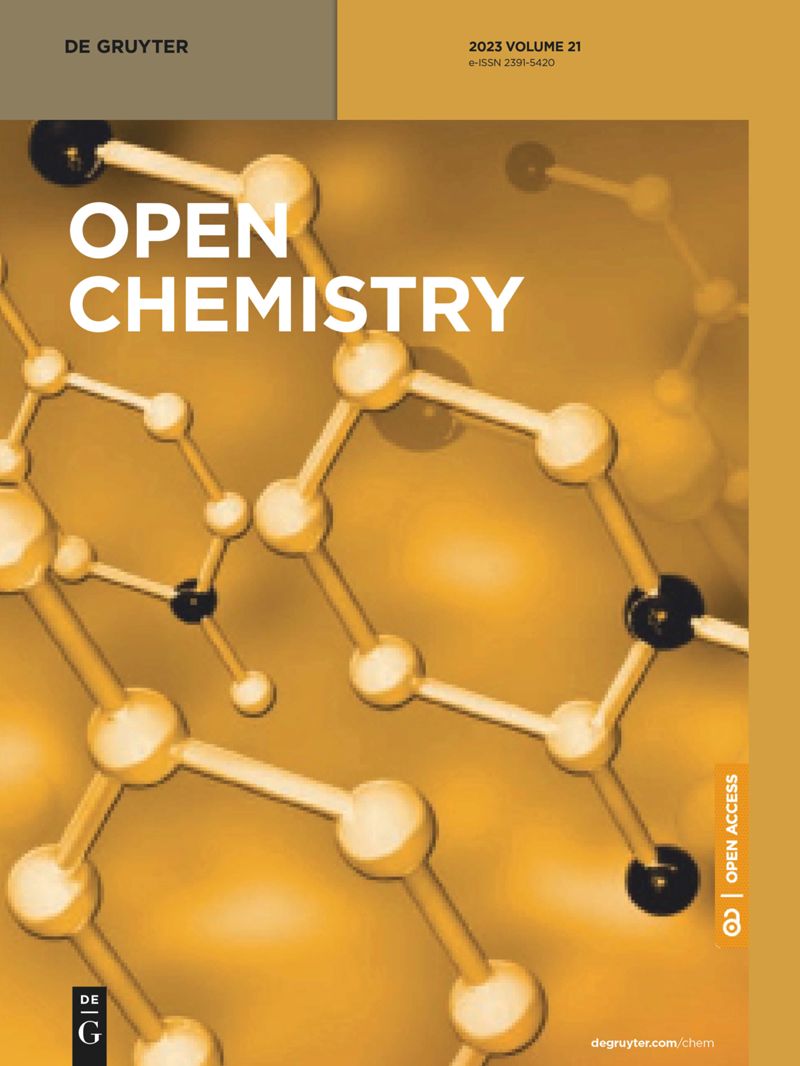通过硅学分析研究基因变异、MCP-1 多态性以及与植物化学抑制剂的对接在对抗登革热病毒致病性中的相互作用
IF 1.9
4区 化学
Q3 CHEMISTRY, MULTIDISCIPLINARY
引用次数: 0
摘要
了解登革热病毒的十大重要意义至关重要,因为它在全球范围内的持续威胁每年都会造成大量流行病和数百万人死亡。尽管医疗保健技术不断进步,但新爆发的登革热疫情每年仍夺去数百万人的生命。该病毒有多种血清型,是全球公共卫生面临的重大挑战,它通过以高等动物血液为食的节肢动物传播,进一步加剧了其影响。因此,阐明登革热病毒的致病机制和因素对于制定遏制其传播的策略至关重要。在研究登革热病毒血清型的同时进行了系统回顾,以评估登革热与其他病毒载量的关系,并通过使用不同的生物信息学工具在硅分子对接中开发病毒蛋白抑制剂。植物化学物质被选中用于抑制登革热病毒致病过程中的蛋白活性位点。观察到病毒与其家族中其他成员的系统发生系。登革热病毒在基因组结构的某些部分与其他病毒有相同之处。数据库被用来追踪病毒的基因组。对病毒的不同成分进行了分析,并在病毒内部的这些成分与其他家族成员之间建立了联系。使用生物信息学软件自动对接进行蛋白质对接。开发了一种药物设计,以产生登革热病毒血清 2 型蛋白结构抑制剂。我们全面回顾了研究中采用的方法,包括实验和计算技术。此外,我们还介绍了遗传变异 MCP-1 多态性分析和植物化学抑制剂对接的结果。本文章由计算机程序翻译,如有差异,请以英文原文为准。
Investigating the interplay of genetic variations, MCP-1 polymorphism, and docking with phytochemical inhibitors for combatting dengue virus pathogenicity through in silico analysis
Understanding ten significant of dengue virus a paramount due to its persistent threat across the globe causing numerous epidemic and millions of deaths every year. Despite advancement in healthcare, emerging outbreaks continue to claim millions of lives annually. The virus with its various serotype possesses a significant challenge to public health worldwide, its transmission through the arthropods which feed on the blood of higher animals further exacerbates its impact. This elucidating the mechanism and factor contributing to dengue virus pathogenicity is essential for developing strategies to combat its spreading. A systemic review is done while studying about Dengue virus serotypes to evaluate the relationship of dengue with other viral load and to develop an inhibitor in viral protein by using different bioinformatics tools in silico molecular docking. Phytochemicals were chosen to hit the target site of protein for inhibiting its active site in pathogenesis of Dengue virus. A phylogenetic lineage was observed of virus with other members of its family. Dengue virus has same similarities in some part of genomic structure with other viruses. Data bases were used to trace the genome of the virus. Different components of virus were analyzed and link was developed among those components within virus and other family members. Protein docking was performed by using the bioinformatics software auto docking. A pharmaceutical drug designing was developed to create inhibitor of protein structure in Dengue virus serotype-2. A comprehensive review of the methodology employed in our study including the experimental and computational techniques were utilized. Further we presented the results by analysis of genetic variation MCP-1 polymorphism and docking phytochemical inhibitors.
求助全文
通过发布文献求助,成功后即可免费获取论文全文。
去求助
来源期刊

Open Chemistry
CHEMISTRY, MULTIDISCIPLINARY-
CiteScore
3.80
自引率
4.30%
发文量
90
审稿时长
6 weeks
期刊介绍:
Open Chemistry is a peer-reviewed, open access journal that publishes original research, reviews and short communications in the fields of chemistry in an ongoing way. The central goal is to provide a hub for researchers working across all subjects to present their discoveries, and to be a forum for the discussion of the important issues in the field. The journal is the premier source for cutting edge research in fundamental chemistry and it provides high quality peer review services for its authors across the world. Moreover, it allows for libraries everywhere to avoid subscribing to multiple local publications, and to receive instead all the necessary chemistry research from a single source available to the entire scientific community.
 求助内容:
求助内容: 应助结果提醒方式:
应助结果提醒方式:


